ISSN ONLINE(2319-8753)PRINT(2347-6710)
ISSN ONLINE(2319-8753)PRINT(2347-6710)
| S.Raghavendra1, Lingaraju2, P Balachandra Shetty3, PG Mukunda3 Assistant Professor, Dept of Mechanical Engg, Acharya Institute of Technology,Bangalore,India.1,2 Professor, Dept. of Mechanical Engg,, NMIT ,Bangalore,India.3 |
| Related article at Pubmed, Scholar Google |
Visit for more related articles at International Journal of Innovative Research in Science, Engineering and Technology
Natural fibers reinforced bio-degradable composites are good alternative for conventional materials. Natural fibers are cheaper in cost, environmental friendly and biodegradable. In the present work composites are made using short Banana fibres and natural rubber. Composites are prepared using vulcanizing technique at 1500c. And composites obtained were determined for mechanical properties like tensile strength, tear strength were studied. The effect of different lengths of fiber content with natural rubber were determined .also matrix fiber interface were studied using SEM.
Keywords |
| Natural rubber,banana, tensile,fiber,composites |
INTRODUCTION |
| The interest in natural fibre reinforced polymer composites is rapidly growing both in terms of their industrial applications and fundamental research. They are cheap, renewable, completely or partially recyclable, and biodegradable many lignocellulosic fibres banana, sisal, bamboo, hemp etc are more and more often applied as the reinforcement of composites. Natural fibres such as jute, hemp, sisal, pineapple, abaca and coir have been studied as reinforcement and filler in composites. Taking into account the availability, growing attention is being paid to banana fiber. |
| Mechanical properties of banana–fiber–cement composites were investigated physically and mechanically by Corbiere- Nicollier et a[3] l. It was reported that kraft pulped banana fiber composite has good flexural strength. In addition, short banana fiber reinforced polyester composite was studied by Pothan et al. [5]; the study concentrated on the effect of fiber length and fiber content. The maximum tensile strength was observed at 30 mm fiber length while maximum impact strength was observed at 40 mm fiber length. Incorporation of 40% untreated fibers provides a 20% increase in the tensile strength and a 34% increase in impact strength. |
| NR is a naturally occurring elastomeric polymer of isoprene (2-methyl-1,3- butadiene). It can be extracted from latex of only one kind of tree, the Hevea braziliensis.Reinforcing efficiency of natural fiber is depends upon the nature of cellulose and its crystallinity [4]. Components which are present in natural fibers are cellulose (α-cellulose) hemicelluloses, lignin, pectin and waxes. Celloulose is a natural polymer consisting of Danhydroglucose (C6H11O5) repeating units joined by β-1, 4- glucosidic linkage at C1 and C4 position [2]. Hemicellulose is different from cellulose. It comprises a group of polysachrides compiled of a combination of five and six carbon ring sugars. Lignin is a complex hydrocarbon polymer with both aliphatic and aromatic constituents and it is totally insoluble in most of solvents and can’t be broken down into monomeric units. Lignin is considered to be thermoplastic polymer having a glass transition temperature of around 900C and melting temperature of around 1700C [1]. It is totally amorphous and hydrophobic in nature. It is not hydrolyzed by acids, but soluble in hot alkali, readily oxidized and easily condensable with phenol [6, 7, and 8]. Chemically NR is cis 1,4-polyisoprene .A linear, long chain polymer with repeating isoprenic units (C5H8), it has a density of 0.93 at 20° C. Natural trans-1, 4-polyisoprene is a crystalline thermoplastic polymer. |
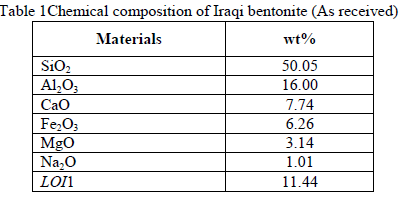 |
| NR has a very uniform microstructure that provides the material with some very unique and important characteristics, namely the ability to crystallize under strain, a phenomenon known as “strain – induced crystallisation”, and very low hysteresis. Stretching of vulcanizates of polyisoprene having at least 90 % cis content leads to crystallization, which in turn leads to strengthening of rubber. Application of NR in rubber products gives the product very useful technical characteristics of very good tensile strength, high resilience, excellent flexibility and resistance to impact and tear, low heat-build-up, plus good “green” strength and building tack. However, NR is less resistant to oxidation, ozone, weathering and a wide range of chemicals and solvents, mainly due to its unsaturated chain structure and nonpolarity.The primary effects of short fibre reinforcement on the mechanical properties of natural rubber composites include increased modulus [9, 10,11]. |
II. MATERIALS AND METHODS |
| II. A. COMPOSITE MANUFACTURE |
| The natural rubber matrix was modified for use in lamination by mixing it with vulcanizing additives (table.2) on a mixing mill for about 30 minutes and kept for 24 hours. Measured quantity of the modified rubber sheets were cut out and a lamina (ply) of the banana fibres was laid in between two rubber sheets and covered carefully with polyethylene terephthalate (PET) sheets. It was cured in a metallic at plate mould by compression moulding on a hydraulic press for 5 minutes at 1500C and 115kg/cm2 (11.28MPa) pressure. De-moulding was done at a very much lower temperature and allowed to cool for 24 hours in open air . |
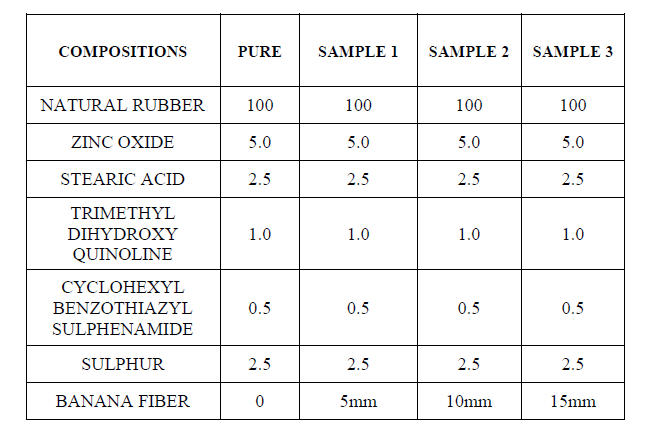 |
| TABLE:2 .VULCANIZING ADDITIVES (PHR) |
III. RESULTS AND DISCUSSION |
| III. A. TENSILE TEST |
| Tensile test specimens were prepared according to ASTM D-638. The detailed dimensions,Gauge length and cross head speed can be found in ASTM D-638. The specimens with a gauge length of 50mm were tested on a tensile tester at a cross head speed of 5mm/minute. Each specimen was loaded to failure. The force - extension curve was plotted automatically by the equipment soft- ware. The ultimate tensile strength and elastic modulus of the samples were thereafter determined from the plot. The test results table.3 was taken from the average of five tests. From the table, the ultimate tensile strength of untreated banana fiber reinforced natural rubber composite have been found to be 3.8 MPa .while that of composite material reinforced with NaoH treated banana fibre was obtained as 4.0 MPa. The ultimate tensile strength of a pure rubber was found to be 3.5 MPa, whereas the composites made of treated banana fibre of 15 mm length it contributes UTS of 5.0 MPa which shows an improvement due to the surface. |
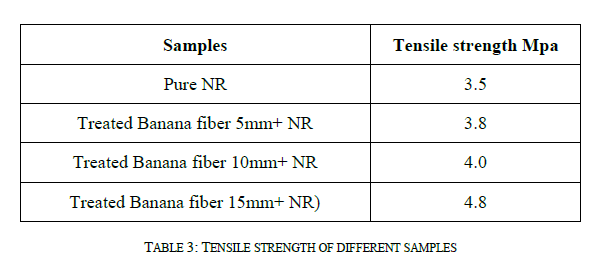 |
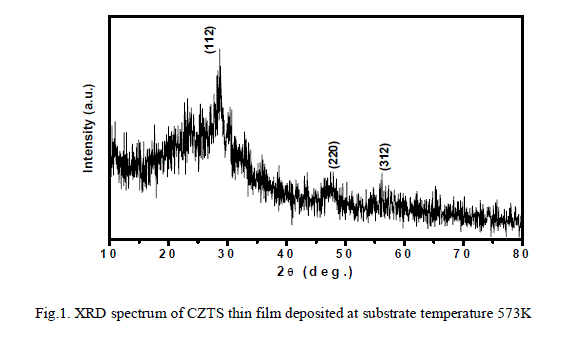 |
| B. TEAR STRENGTH |
| The tear resistance of rubber is a property which determines the material strength of an action of static force, kinetic force and tear test on a nail. As the ASTM standards D624 samples were prepared. Prepared test samples and Place in the grips of the testing machine.The material is clamped in the grips to minimize slippage. The tear test results are shown in table.4 |
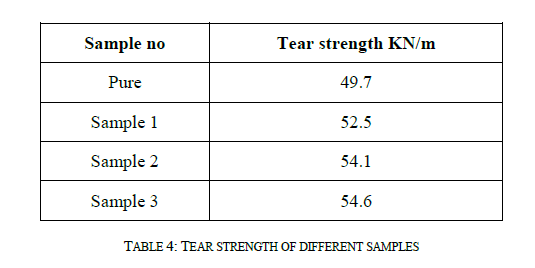 |
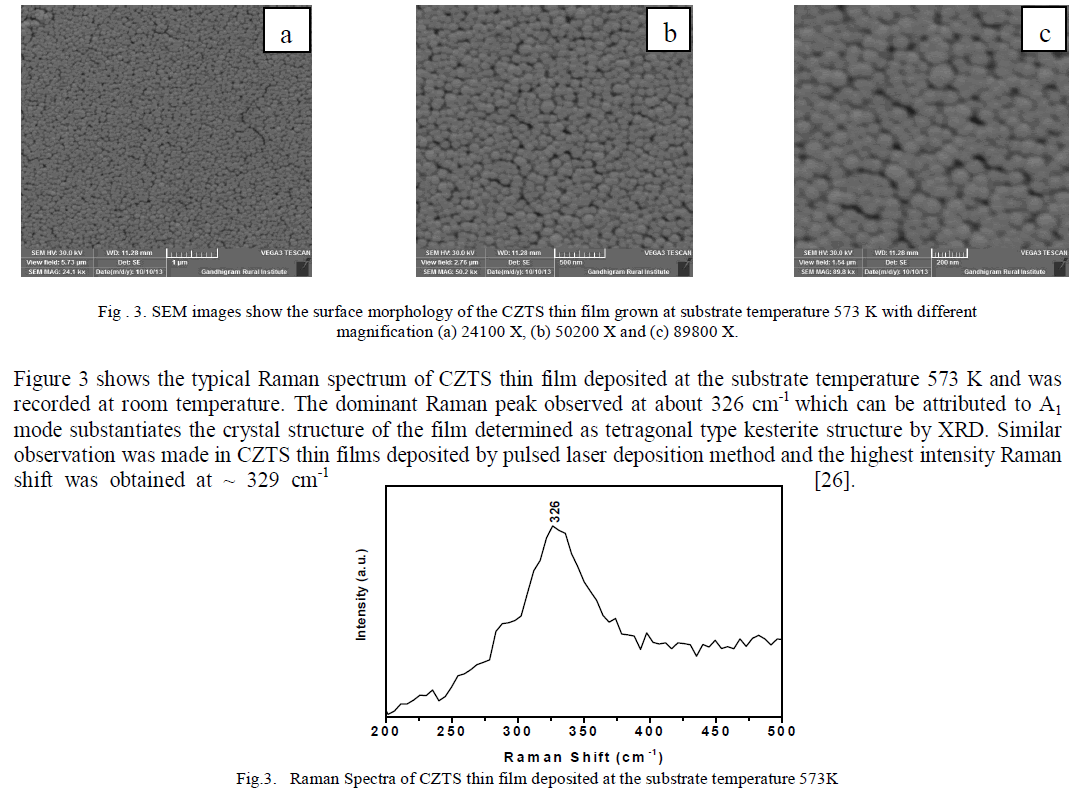 |
| C. SEM ANALYSIS |
| The fracture surface of Banana fiber Natural rubber composites are shown in the fig 3. It can be seen from the fractured image that fracture is of ductile type with appreciable plastic deformation. The macrograph in the fig 3. Shows the image of tensile specimen made of 15mm length banana fiber composites. |
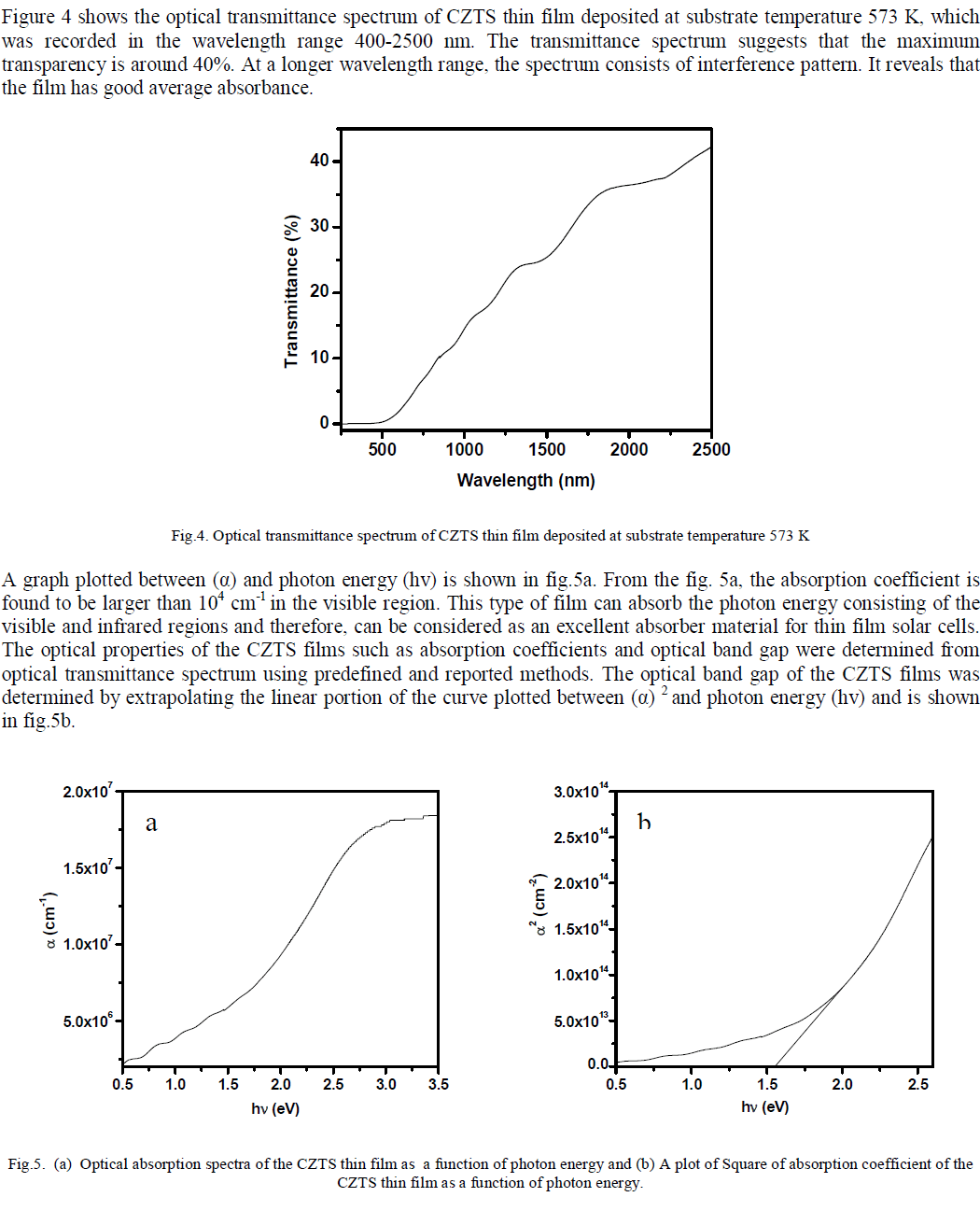 |
IV. CONCLUSION |
| As the fiber concentrations increases tensile strength also increased. When fibre concentrations are less the matrix and fiber interface shows weak bonding. The incorporation of fibre into rubber matrix increases the hardness of the composite, which is related to strength and toughness. The close packing of fibres in the compounds increases the density while resilience decreases. The composites made from 15mm length banana fibers shows the maximum tensile strength and good tear strength. Natural rubber can successfully used as matrix in bio composites. Using different surface modifications of fiber the strength of the composites can be increased. |
References |
|